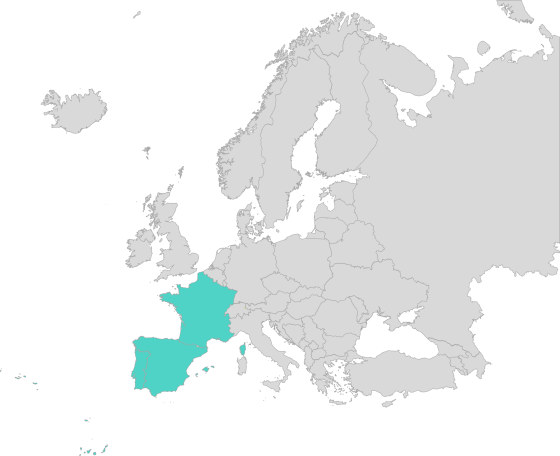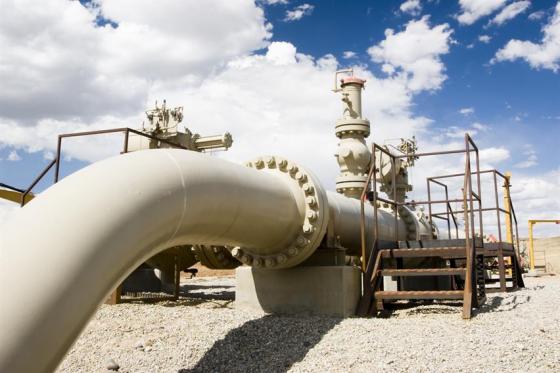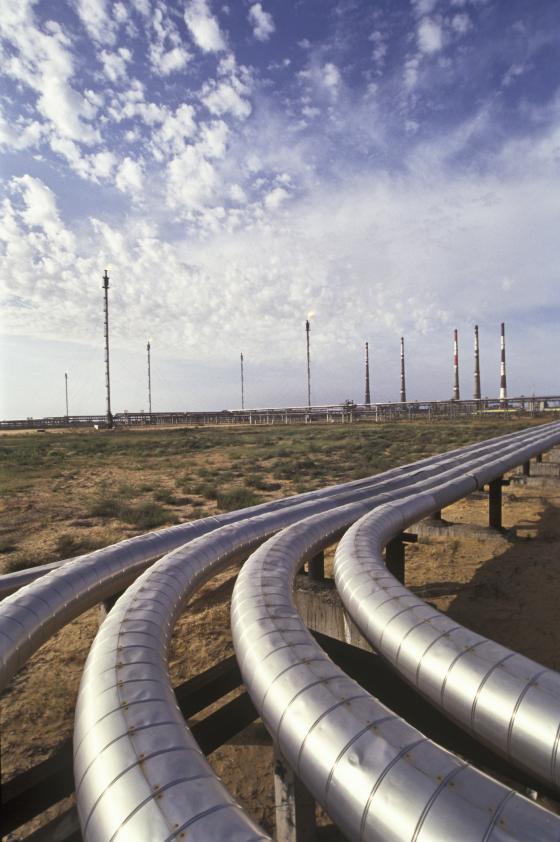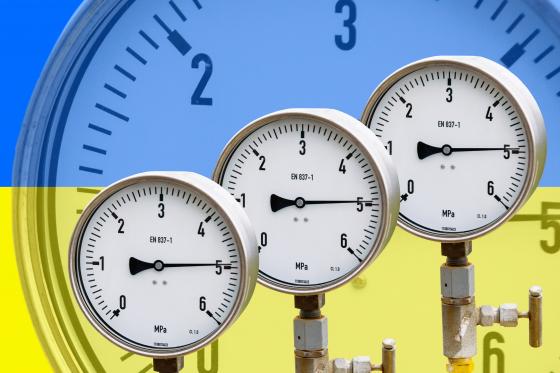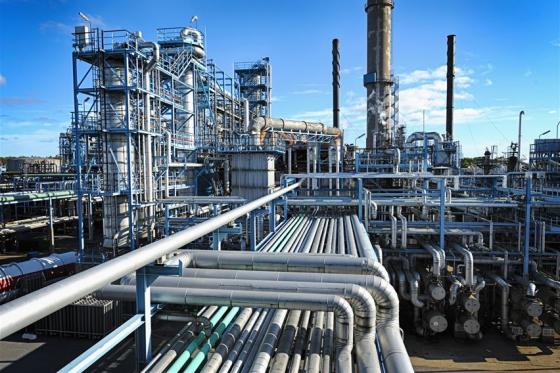South South-East Gas Regional Initiatives
South South-East Gas Regional Initiatives
South South-East Gas Regional Initiatives
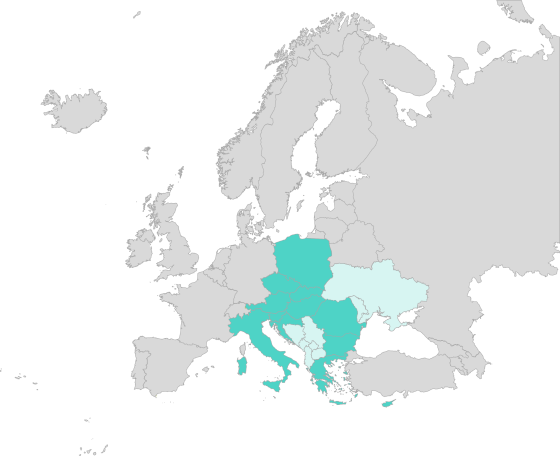
The South South-East (SSE) region includes 20 countries: 12 EU Member States, plus 8 Energy Community Contracting Parties.
The South South-East Gas Regional Initiative is composed of:
-
Austria
-
Bulgaria
-
Croatia
-
Cyprus
-
Czech Republic
-
Greece
-
Hungary
-
Italy
-
Poland
-
Romania
-
Slovakia
-
Slovenia
Participating Energy Community Contracting Parties:
-
Albania
-
Bosnia and Herzegovina
-
Kosovo
-
Former Yugoslav Republic of Macedonia
-
Moldova
-
Montenegro
-
Serbia
-
Ukraine
The region is co-chaired by ERC and E-Control (respectively the North Macedonian and Austrian energy regulator).
The participation of the Energy Community in the GRI SSE is the result of an intensified cooperation started in 2014. Since then, the Energy Community Secretariat has joined the meetings together with the Contracting Parties.
